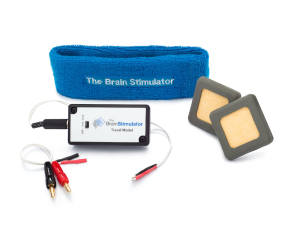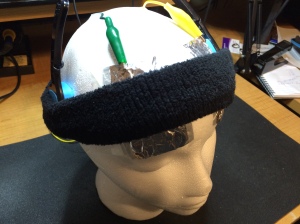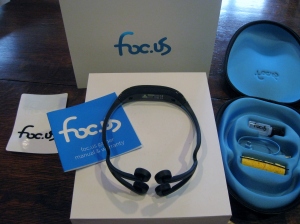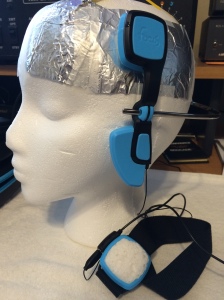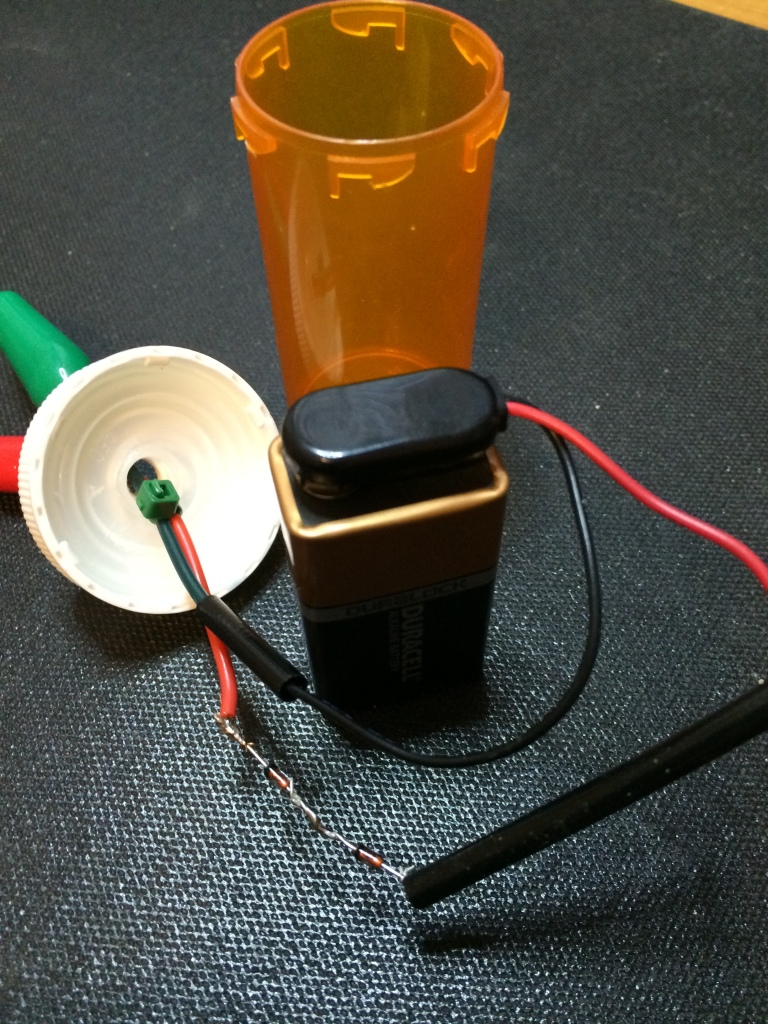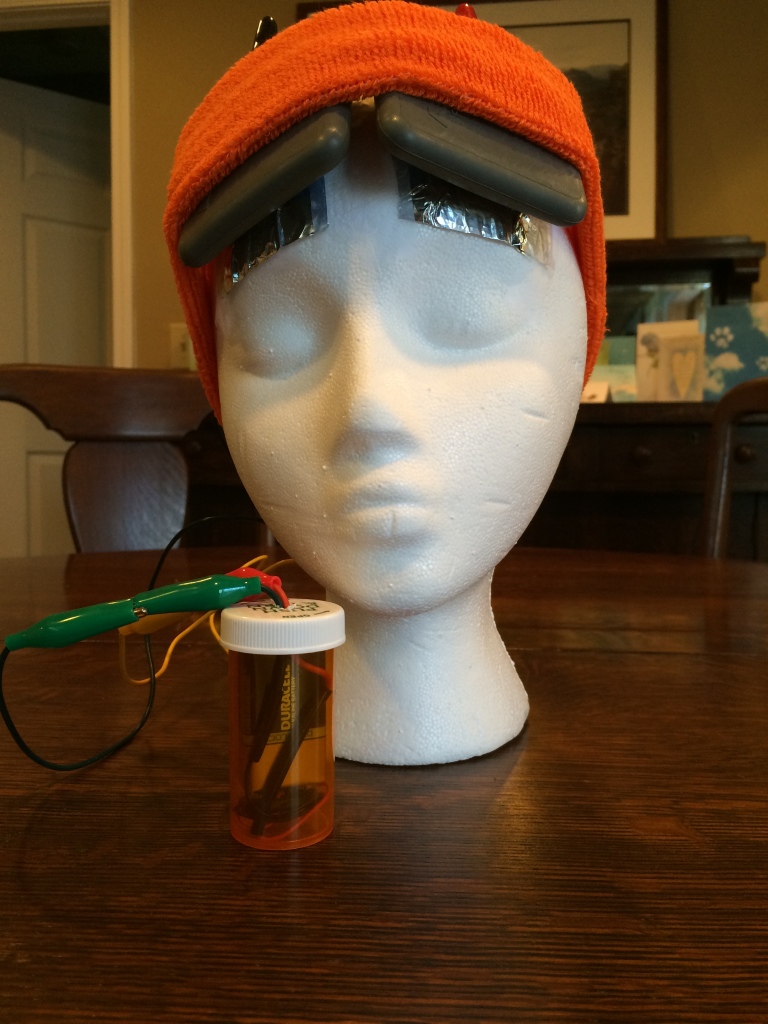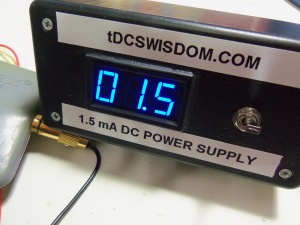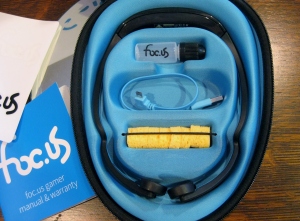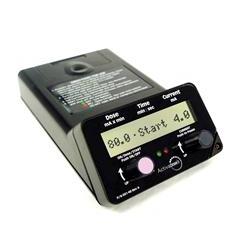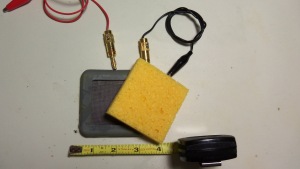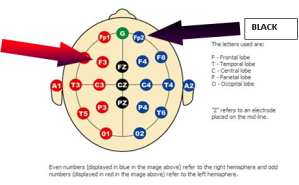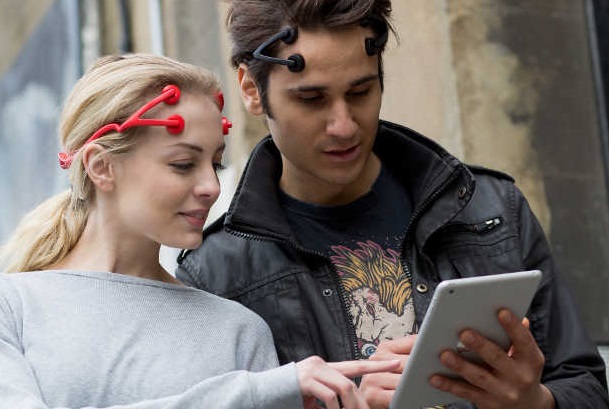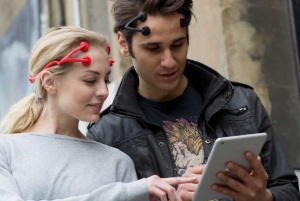History
About two years ago foc.us burst on the do-it-yourself tDCS scene with a headset marketed to “gamers” – claiming to offer improved game performance (higher scores). A few folks like myself recognized the foc.us headset (V1) for what it was – a remarkable, capable tDCS device that could be used for ANY tDCS related purpose including treating depression, chronic pain, enhancing memory, etc. – and yes, improving game scores! The V1 headset was truly a leap beyond anything else available to the DIY community offering an all-in-one headset that could be controlled via Bluetooth, offered built-on and external electrodes, all in a very nicely designed package.

(Famous or infamous foc.us V1 ad campaign)
Critics quickly emerged, as they often do, describing customer relations related problems with foc.us – many justified, and technical issues with the product – many unjustified. It seemed foc.us was surprised by their own success and unprepared for the order volume and normal support requirements of such a leading edge product. By the time foc.us got its organizational problems resolved, the V1 was winding down and the company was preparing to launch the V2.
The foc.us V2
Several months ago, Transcranial Ltd. launched it’s new foc.us tDCS product, the V2. It, like the V1, sets a high bar for the DIY tDCS market. In a tiny package easily small enough to misplace with your car-keys, foc.us engineers included all of the technical features of the V1, plus the added versatility of upgradeable firmware (new features), display screen with scrollable selection, redesigned and industry leading headsets, the ability to use 3rd party headsets and related accessories, and more!

(The foc.us V2. Tiny! Awesome!)
Interestingly, foc.us via their advertising, now seems to recognize the value of their technology for what it is, a real cranial stimulation device – not just for gamers – but for anyone seeking the benefits of tDCS and more.

(The V2 ad campaign is more general – making clearer the broad capabilities of the V2.)
Since my initial posting about the V2 (see http://bit.ly/1Jilfpg ) Transcranial Ltd. has upgraded the feature set of the V2 in significant ways! The V2 now supports tDCS, tACS, tPCS, and tRNS as well an upgraded application for Android devices and soon iOS. The V2 can no longer be referred to as just a tDCS device – it’s now a fully capable, research grade, cranial stimulation device!
It’s a Software World Now!
If you purchase a V2 (or own one now), you may wish to update its firmware periodically to take advantage of new features. Here are some key steps:
- Go to the foc.us web site and create an account: https://www.foc.us/customer/account/login/
- Log in with the account
- Connect your V2 doc to your capable PC (or Mac)
- On the left of your screen (once logged in), select “My Downloadable Products”
- Click the “Microsoft Software” (or Mac) download button and install
- Run the installed application and allow it to check and upgrade your V2 to the latest firmware
Apps
An Android app is available (search for wave tdcs in the store.) An iOS app for the V2 is due anytime (the old V1 app does not seem to work with the current V2 firmware.) I will say that the on-screen display of the foc.us V2 is so good and so versatile that I’m not convinced that the apps currently add much value. Transcranial Ltd. is soon to release a EEG capability called “Quantum” that will apparently link to the V2 – and will probably make the apps very functional and important to use.
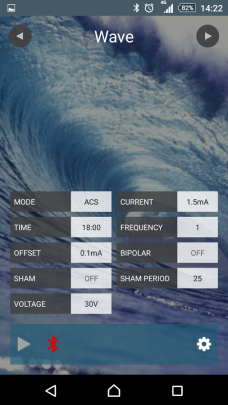
(foc.us Android app)
Anyway, you must pair the foc.us device to your Android or iOS device to use an app. Here are normal pairing procedures:
- Make sure Bluetooth is turned on on your Android or iOS device
- Turn on the foc.us V2 and scroll to Settings, Bluetooth, and make sure Bluetooth is On.
- Very quickly your handheld device should find the foc.us device and request you type in a code number that you will find displayed on the foc.us device. Do that and you are ready to go!
- Run the foc.us app, set the desired mode (tDCS, etc.), max voltage (20 is typically fine), current (1 to 2 mA), time (typically 20-25 minutes), sham should be off, and START
I’ve noticed that the Android app does not display remaining session time. You can see it easily on the foc.us device by tapping the blue joystick.
More Detailed Instructions?
Like most tDCS vendors, Transcranial Ltd. is trying to stay off of the FDA’s radar by making it clear that they are not producing a medical device – so they shy away from writing application guides and notes. This frustrates some. Users are left to their own creativity to learn how to properly use and get full advantage from a foc.us device (V1 or V2). To help V1 headset users, I wrote a pretty detailed set of instructions ( see http://bit.ly/1FSf6wb ) that seem to be popular. Would you like an equally detailed set of instructions for the V2? Let me know – if there is sufficient interest I’ll be happy to put that together.
Finally, I’ve taken a good bit of heat via email and blogs for being a fan of foc.us. Unlike some, I saw very early on that their unique product(s), if used correctly, could be used to improve the lives of many – and that has turned out to be true. Foc.us continues to be one of my favorites in the world of tDCS and cranial stimulation and I, for one, anxiously await their next DIY leading-edge products and the pace they set for the industry.
I look forward to your comments and questions.
Brent
brent@speakwisdom.com
Notes:
1. Photos in this blog are from the internet and include images from foc.us and speakwisdom
2. If you are new to tDCS, please read and study carefully before taking any action related to tDCS or any cranial stimulation technology. I suggest as a starting point:
a. speakwisdom.wordpress.com/tdcs/
b. diytdcs.com
c. www.reddit.com/r/tdcs
d. http://www.pubmed.gov (search for tDCS)
